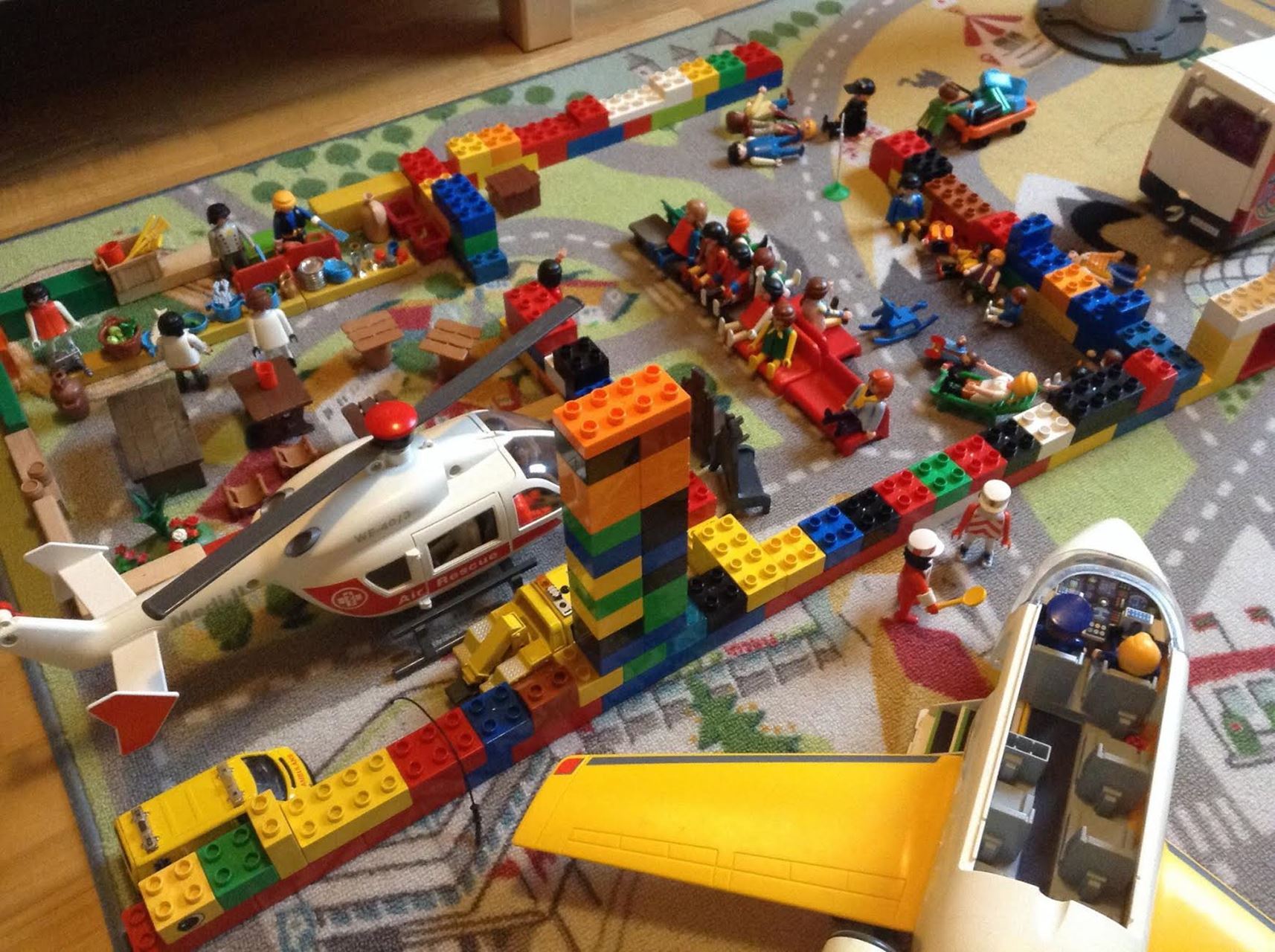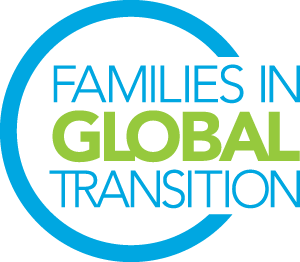 by Laia Colomer
by Laia Colomer
This is my first FIGT conference and I am hoping to explore the issue of the cultural heritage of global nomads together with all those attending the event. I am developing an academic post-doc research project on this issue, founded by the European Commission’s Horizon 2020 program. Because globalisation and mobility touches every corner of our lives, the topic is relevant and timely to the European Union, to community of heritage managers and researchers, and especially to any person embodying multiculturalism.
My interest in this issue came from a more personal situation, and therefore I believe that the answer to that question may interest other global nomads and TCKs. I was raised in a bicultural and bilingual country (Catalonia). My passport does not account for this cultural diversity (Spanish). I lived in several countries during my academic and professional career: the UK, The Netherlands, Italy, and now Sweden. And my family is also touched by international mobility, either professionally or by adoption. When I moved to all these European destinations, my “neat” cultural roots changed thanks to encounters with other cultures and people. In this process, I had no doubts that my adult serial migration experience enriched my “original” cultural identity. But when I moved to Sweden with my internationally adopted child, I asked myself what cultural identity he would develop growing up with a restless mother. If we develop a cultural personality according to the inputs of our cultural environment and schooling process, what kind of cultural heritage will my son develop transiting in between, at least three cultures and languages? Then someone introduce me the TCKs, and my concerns move from being merely personal to being collective.
Collective identity defines what we are socially and culturally, while cultural heritage provides (construct) the images of this cultural identity, either tangible (landscapes, monuments, objects) or intangible (skills, customs, traditions). The traditional role of cultural heritage is to evoke a common origin and a historical narrative in terms of national monuments and national histories. National heritage serves to define citizens’ cultural identity. But these items do not represent people affected by serial global mobility. This does not mean that neither tangible or intangible heritage has no meaning for them. Only that traditional forms of heritage that represent nation-state ideologies of collective memories are not applicable to their experience of living in between cultures and places. Instead, other forms of heritage need to be imagined. I invite TCKs and other global nomads who attend my Kitchen table session to imagine these other heritages.
My cross-cultural heritage question began with my role as a mother and developed through my role as a heritage researcher. Though it begins as a personal story, I am aware that scholarly work also benefits the wellbeing of other people. Cultural heritage certainly offers people a potent way to connect to their collective past, as well as to build a collective identity. I hope cross-cultural heritage will empower the identity of the new community of global citizens: it provides a sense of belonging, and benefits TCK’s quality of life by representing their collective identities in materiality and place.
Dr. Laia Colomer is a Marie Skłodowska-Curie Research Fellow at the Linnaeus University (Sweden). Her current research is focused on heritage as an identity experience for global nomad citizens in a cross-cultural context, and the use of heritage for the wellbeing of migrants and refugees. For more information see: http://laiacolomer.wix.com/cross-cultural

